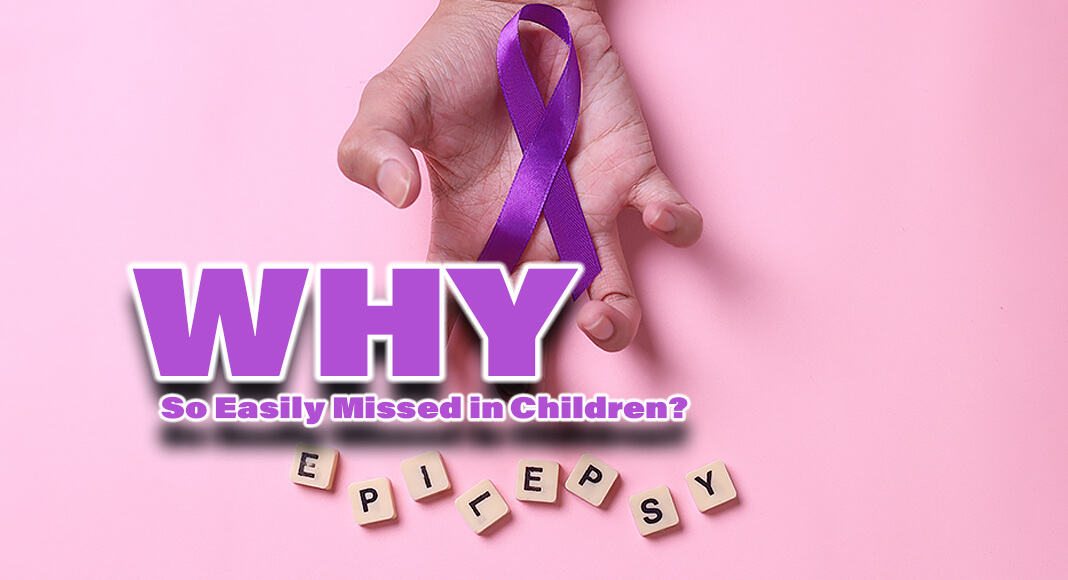
Mega Doctor News
By Cedars-Sinai
Newswise — LOS ANGELES – Parents often miss the signs that their child has epilepsy, according to Deborah Holder, MD, a neurologist at Cedars-Sinai Guerin Children’s and a pediatric epilepsy expert.
“Every day in clinic I see children who have had for years what many people call ‘funny spells,’” Holder said. “Sometimes I start talking to a parent and find out the parent has had ‘funny spells’ for years, but had no idea they were epileptic seizures.”
That’s because many people with epilepsy experience subtle symptoms, such as not being able to talk for a few seconds, Holder said. When the momentary symptoms disappear, people tend to forget to look for the source.
“Sometimes children experiencing seizures will see flashing lights or have temporary blurred vision, which leads them being misdiagnosed with migraine,” Holder said.
About 1 in 26 Americans are thought to have epilepsy, a neurologic condition in which a person experiences seizures, or episodes of abnormal electrical activity in the brain.
To mark National Epilepsy Awareness Month, Holder spoke with the Cedars-Sinai Newsroom about what seizures can look like—and why it is important that children get help as soon as possible.
What does a seizure look like?
A seizure can look like anything, depending on where in the brain the seizure comes from. A lot of people think a seizure is a convulsive seizure, where there’s a loss of consciousness and the person falls down to the ground and the whole body experiences convulsive activity. That’s actually the rarest type of seizure.
The most common seizures are barely noticeable. Sometimes a patient will just sit and stare and be unresponsive for three or four seconds. A child may have an uncontrollable motor activity, such as twitching of an arm or one leg or twitching of one side of the face that lasts for 30 seconds.
Patients may get a feeling of numbness or tingling in a part of the body, or get a funny smell or taste in the mouth that comes and goes. Sometimes they’re not able to process language, and their speech is garbled.
If a child has the same feeling or sensation or behavior that happens over and over again, that is a sign the child might be having seizures.
How do you diagnose epilepsy in children?
We rely a lot on information we gather by talking to families. Often, we can make the diagnosis without any diagnostic test, although we still do an EEG, an electroencephalogram, to see if we can gather any further information. For this test, we place electrodes that look like little stickers on the head so that we can monitor brain waves.
How have smartphones changed how pediatric epilepsy is diagnosed?
I’ve been doing this for more than 20 years, and one of the things that has been most helpful to me is the advent of cell phones with video recording. I advise families, if you see a child having a funny spell, get it on a video camera. We are very good at being able to tell by looking at the recording if the event is a seizure or not.
What happens if a child is not diagnosed promptly?
Children are learning to read, write, think. Undiagnosed seizures can interfere with a child’s ability to learn and process information.
How do you treat epilepsy?
Most children are able to be seizure-free on medications alone. As the brain grows and develops, many children will outgrow seizures and not need to take medication long term.
More than a third of patients have seizures that are more difficult to control. For those children, we typically do advanced diagnostic testing to see exactly where the seizures are coming from. We then remove the part of the brain causing the seizures. Nowadays, this can be done by making a very small opening in the brain and treating the affected area with a laser. The opening is closed with just one suture and the patient usually goes home the next day.
Is epilepsy genetic?
Scientists have identified more than 500 genes that are associated with epilepsy. When we do genetic testing, we can tell not only what causes the epilepsy, but also which medications to use. We do genetic testing by swabbing the cheek. It takes five minutes.
We have a very strong genetics program at Guerin Children’s. The really exciting news is that we have, for the first time, a gene therapy in trials in patients with epilepsy. We may one day be able to treat children with this therapy.
Read more on the Cedars-Sinai Blog: Myths and Facts About Epilepsy









